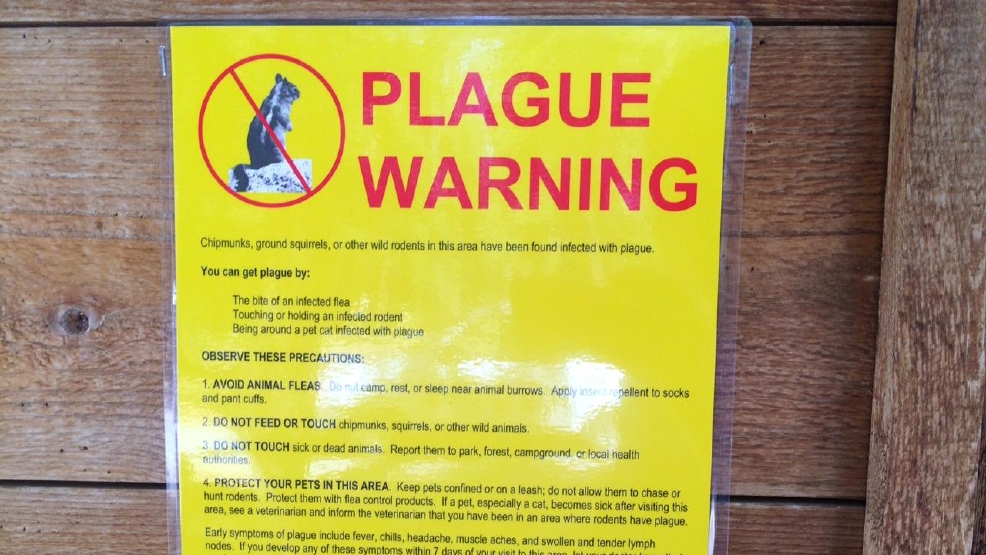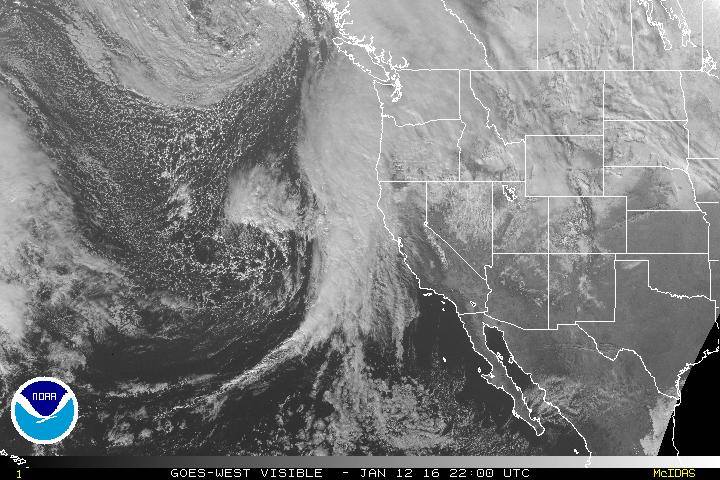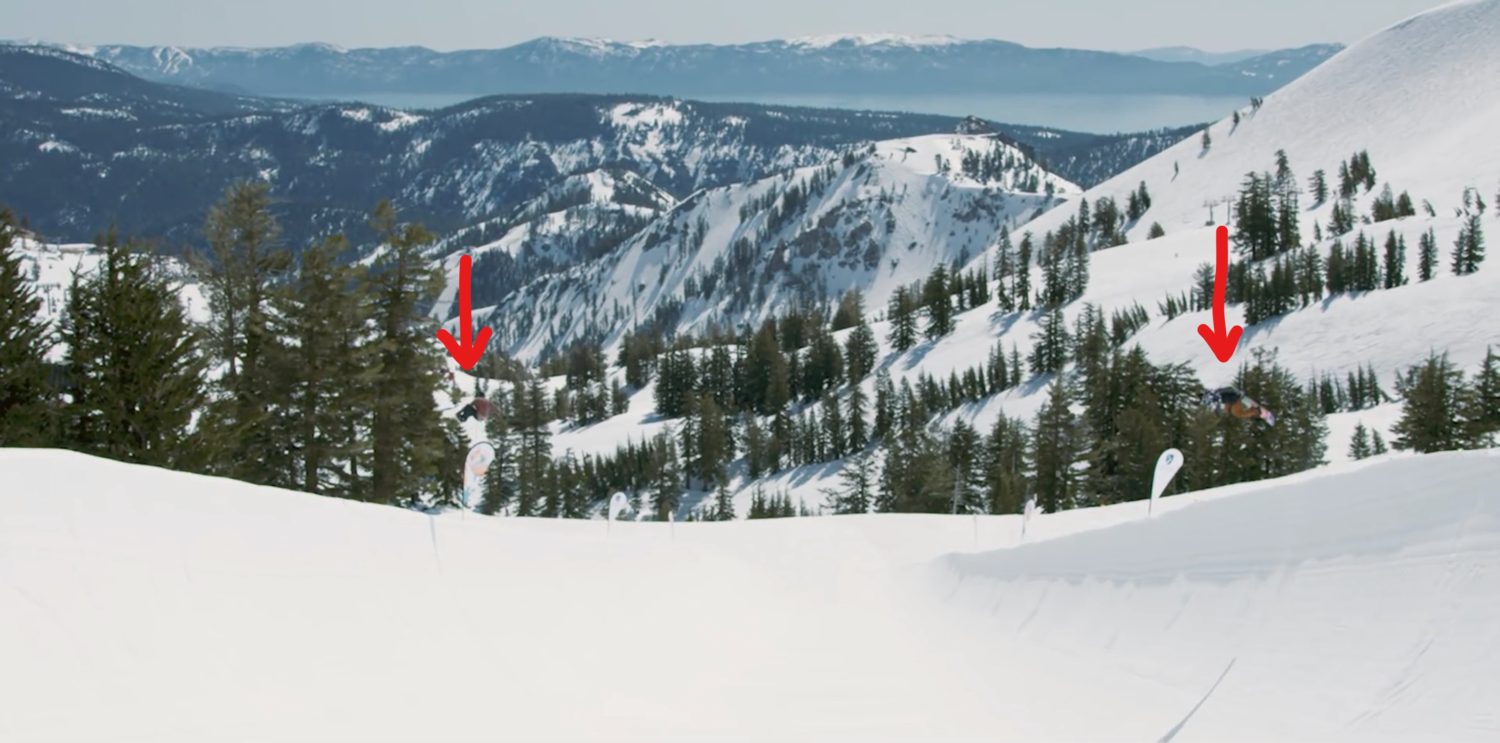
Lightning strikes the earth 45 times every single second (that’s 1.4 billion flashes a year). According to the NOAA, the United States averages 51 lightning strike fatalities every year, second only to flooding for deadly weather. Ten times that amount are struck but survive. The odds of becoming a lightning victim in the US in any given year is 1 in 700,000, and the odds of being struck in your lifetime is 1 in 3000. The riskiest activities are fishing, boating, camping, and golf.
- Related: Lightning Myths Debunked! Separate the Facts from the Fiction and How to Survive a Lightning Strike
Summer is the peak season for lightning-related injuries and fatalities (July 4th in particular). More people are outside having fun in areas more susceptible to electrical storms. In a strike in the Uinta Mountains, UT where 3 young sisters were all struck, their father was hailed a hero for the measures he took upon realizing they were in the midst of an electrical storm and saving their lives.

If you’re reading this site, then more than likely you’re an outdoor kinda person who enjoys hiking, camping, fishing, and being in the mountains. So your chances of being struck are probably higher than most. But there are measures we can take to minimize the risks, and ensure we partake in our adventures as safe as possible.
Basic rules to minimize your risks during an electrical storm:
- Check the weather reports before starting an activity. If storms are expected, be more vigilant, or postpone. Understand the weather systems for the area and season. In mountains, storms typically form in the afternoon so plan an early morning hike and aim to be off the summit, into your descent and below treeline before 1 pm.
- Keep an eye on the conditions and cloud formations during the day. If a cloud looks ominous, or you see lightning, have your escape or safety plan ready and make sure everybody in your group understands it.
- Listen for thunder. Depending on wind, terrain, and distance, you may not hear thunder until lightning is already dangerously close. If you do hear thunder, count between the noise and the flash of lightning. If it is less than 30 seconds (for every 5 seconds, the storm is 1 mile away) you should already be in shelter. If not, you need to take quick action. Once the thunder has passed, wait another 30 minutes before leaving your shelter, giving the storm time to pass and minimizing your chances of being struck.
Most people do not realize that they can be struck by lightning even when the center of a thunderstorm is 10 miles away and there are blue skies overhead. If you can hear thunder, you are within 10 miles of a storm and can be struck by lightning. Seek shelter and avoid situations in which you may be vulnerable.

If you do get caught in a storm, follow the advice below:
If outdoors:
- Avoid water. Avoid the high ground. Avoid open spaces. Avoid anything metal. Do not shelter under picnic tables, canopies, inside tents or near trees. Find shelter in a substantial building, or better still in a fully enclosed metal vehicle such as a car, truck, van. Shut the windows completely and don’t touch the metal interior. If you are unable to find shelter then:
- Come down from high places, seek a valley or depression in the terrain.
- Seek shelter in a low stand of trees. This will help keep you dry and not attract lightning. If you are above treeline, seek shelter in the lowest area you can reach, preferably with large boulders around so you can get some protection from driving rain behind some smaller boulders.
- Put on your raingear and remove your backpack. If you have a metal frame pack, sticks or poles, leave them 100 feet from where you are seeking shelter. There is no completely safe place from lightning. Houses get hit, cars get hit, trees, animals, and people all get hit. Minimizing your strike probability is the name of the game.
- Squat down and curl up to become as small a target as possible. Put your heels together in order to let the current flow through one leg to the other, and come up on the balls of your feet to minimize ground contact. Put your hands over your ears and close your eyes, lightning is loud and bright!
- Spread out. Your party should put at least 15 feet between each other.
If indoors:
- Avoid water. Don’t take a bath/shower
- Stay away from doors and windows.
- Do not use the telephone or any electrical appliances. Hard-wired phone use is the leading cause of indoor lightning injuries in the United States.

If your party is struck by lightning:
- Do a headcount, ask everybody to call back to you that they are ok. If somebody does not respond, go to their location. If there are multiple casualties, prioritize care. People not breathing would be the highest priority. Injured persons do not carry an electrical charge and can be handled safely. Apply first aid procedures if qualified to do so. Call 911 and/or send for help immediately. Know your emergency telephone numbers.

Lightning isn’t all bad. In fact, the Earth depends on lightning strikes to maintain its electrical balance. The National Severe Storms Laboratory explains:
Lightning helps the Earth maintain electrical balance. The Earth is recharged by thunderstorms. The Earth’s surface and the atmosphere conduct electricity easily—the Earth is charged negatively and the atmosphere, positively. There is always a steady current of electrons flowing upwards from the entire surface of the Earth. Thunderstorms help transfer the negative charges back to Earth (lightning is generally negatively charged). Without thunderstorms and lightning, the earth-atmosphere electrical balance would disappear in 5 minutes. Lightning also makes ozone-producing chemicals.




